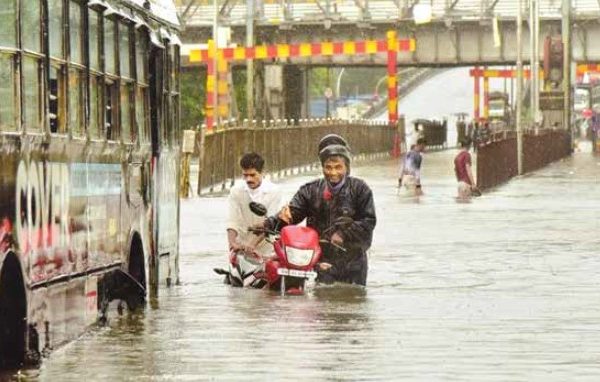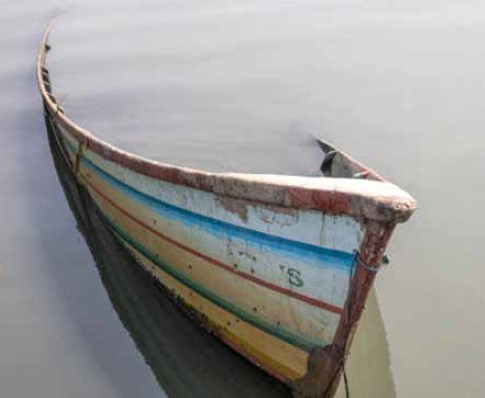
Urban Flooding in Mumbai: Lessons from 2024
Rutuj Mahendra Salunke is a master’s graduate in Disaster Management from the Tata Institute of Social Sciences (TISS). With a deep understanding of disaster risk reduction and resilience, Rutuj brings significant field experience from both urban and rural settings. He currently works as an assistant editor for the Known Disasters Magazine, contributing his expertise in…






